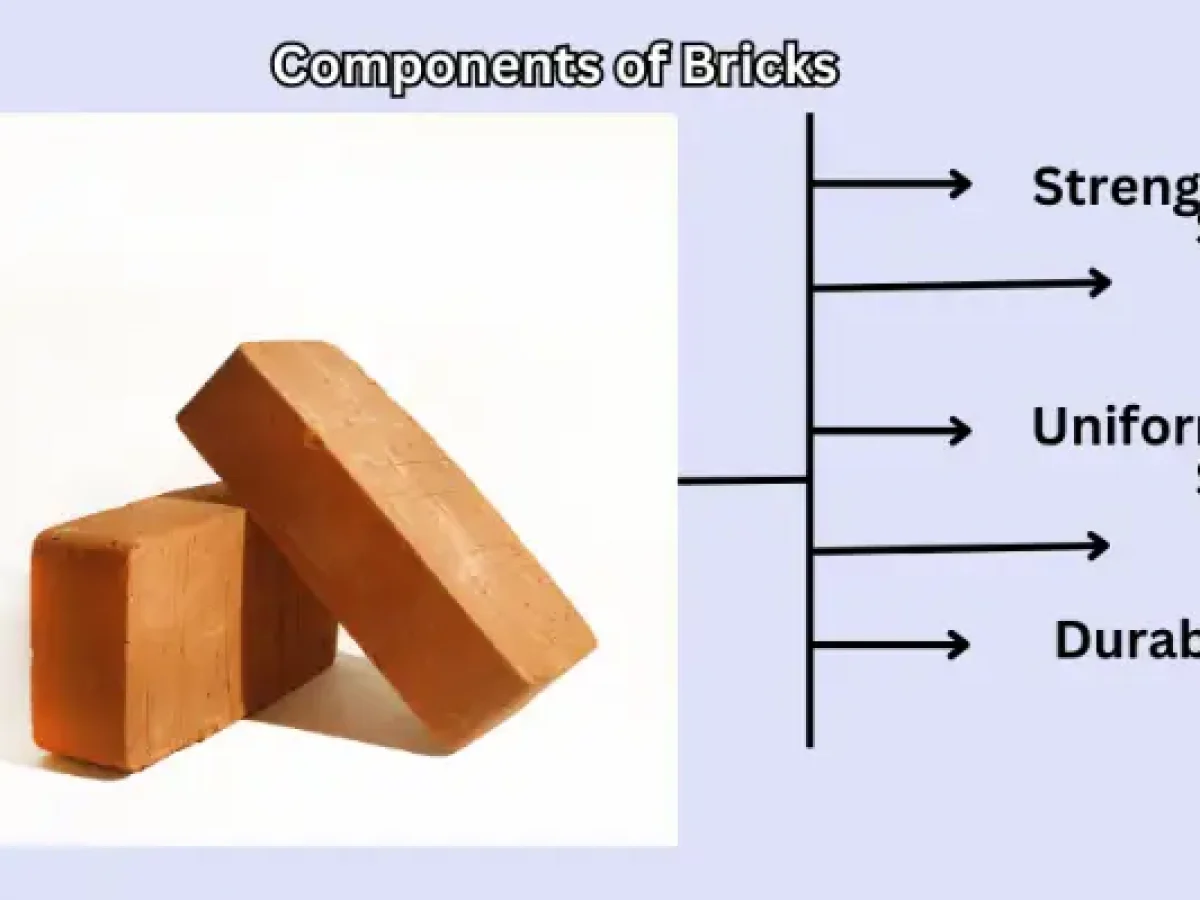I saw a discussion online the other day about what bricks are made of. It’s something I’ve actually looked into before, so I thought I’d share my little experiment from last year.
It all started when I was doing some renovations on my house. I had this pile of leftover bricks, and I got curious about what they were actually made of. I mean, we all know bricks are tough, but what’s the secret sauce? So, I decided to play around a bit.


First, I grabbed one of the bricks and started smashing it with a hammer. Don’t worry, I had safety goggles on! It took some effort, but I managed to break it down into smaller chunks and eventually into a coarse powder. Clearly, whatever this stuff was, it was pretty darn strong once it was all put together.
Next, I wanted to see if I could separate the components of the brick. I took that powder and mixed it with water. It formed a muddy, clay-like substance. I let it sit for a while, and, sure enough, the heavier particles settled to the bottom. This seemed like progress!
Then I carefully poured off the top layer, which looked like it was mostly clay, and dried it out. I was left with a fine, reddish powder. It definitely looked and felt like the clay you’d find in pottery or something. It was kind of cool to see that the main ingredient was something so common and earthy.
Of course, I knew there was probably more to it than just clay. So, I took the heavier stuff that had settled earlier and examined it more closely. There were definitely some little bits of sand and some other tiny rock-like things in there. It wasn’t anything fancy, just common materials you’d find in the ground. Just what you’d find mixed in with the dirt in most places. Pretty simple, right?
Now, I’m no scientist, but it seemed pretty obvious that the brick was mostly clay, with a few other bits and pieces mixed in to give it more strength and structure. I also figured the process of heating these materials in a kiln must play a big role in making the brick hard and durable. I decided to test this last guess.
I took some of the dried clay I had separated and formed it into a small brick shape. Then, I put it into a furnace and gradually increased the temperature, similar to how commercial bricks are fired. As the temperature rose, I observed the clay change. It hardened and became denser, taking on the characteristic strength of a brick. It was pretty satisfying to see the transformation firsthand.
After that, I did some more digging online, and I found out that the specific type of clay and the other ingredients can vary depending on where the brick is made. The firing process is also super important for how the final brick turns out. That’s when I came across the term “fired clay,” which seemed to fit perfectly with what I had observed in my experiment.
So, there you have it. My little adventure in brick deconstruction. It’s nothing groundbreaking, but it was a fun way to learn something new and satisfy my curiosity. Bricks are simple, but they’re also pretty amazing when you think about how they’re made and how long they last. That’s a wrap on my little brick adventure. Hope you guys enjoyed it!





